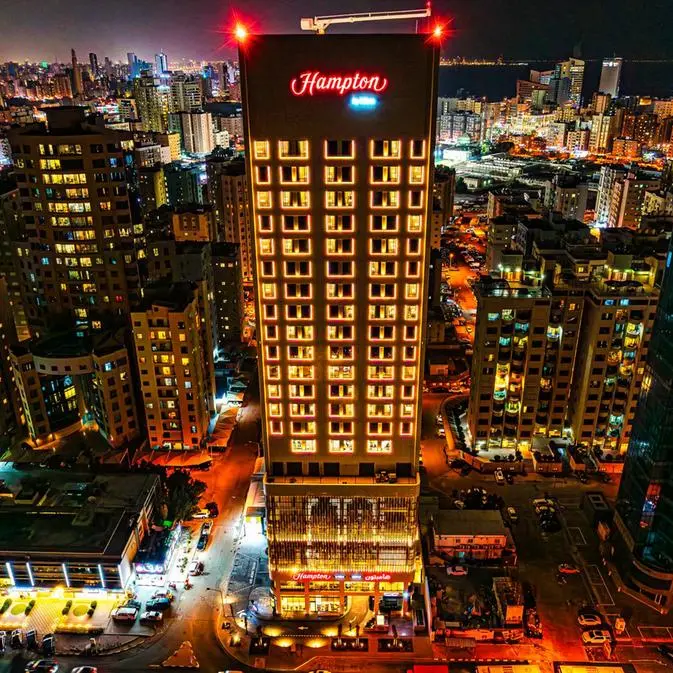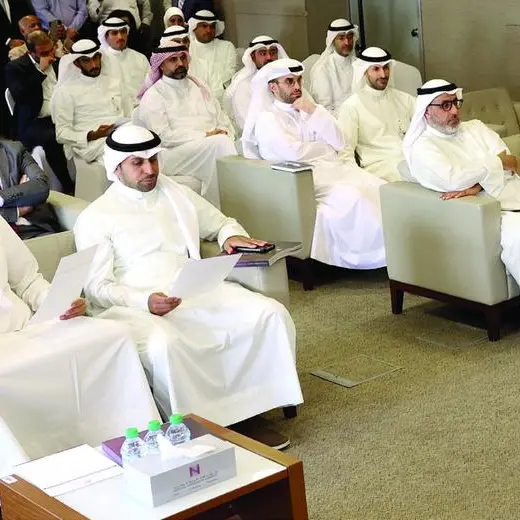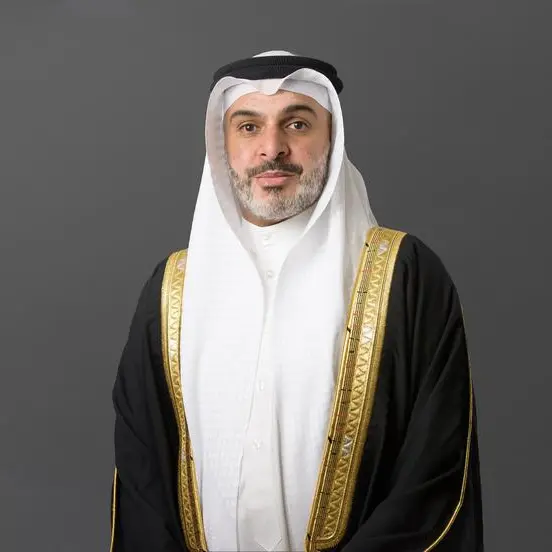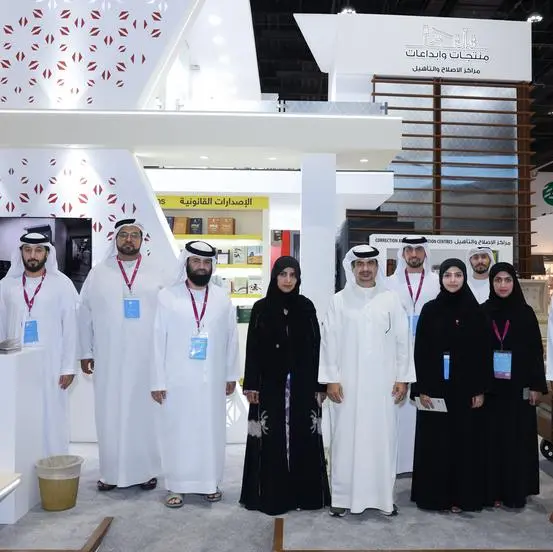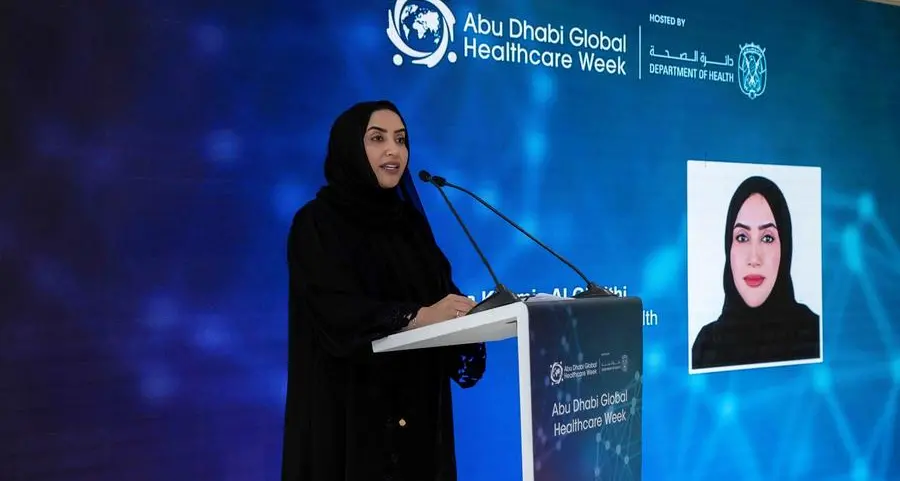London: The GSMA and SAMENA (South Asia - Middle East - North Africa) Telecommunications Council are calling on governments across the Arab region to work together to secure more new spectrum for mobile to meet the long-term demand for mobile broadband services. According to Cisco1, the Middle East and Africa will have the strongest mobile data traffic growth of any region with a 72 per cent average annual growth rate, increasing 15-fold between 2014 and 2019.
The GSMA and SAMENA Council urge telecoms regulatory authorities across the region to collectively support the allocation of new candidate spectrum bands2 for mobile during the International Telecommunication Union (ITU) World Radiocommunication Conference (WRC-15) in November 2015.
"Decisive action by governments in the Arab region is required to safeguard the future of mobile broadband and to extend operator investment, employment and public revenues into the future," said Tom Phillips, Chief Regulatory Officer, GSMA. "Without the allocation of these new spectrum bands to mobile at WRC-15, mobile operators in the Arab States will not have a clear investment path to support sustainable growth in mobile broadband."
ITU Member States have agreed to tackle this challenge at WRC-15 under agenda item 1.1. The ITU estimates that 1340-1960 MHz will be required by 2020 to meet mobile data traffic demand.
According to Dr Nasser Marafih, Group CEO, Ooredoo and Chairman of the SAMENA Council: "An international mobile allocation simply provides a national regulator the flexibility to license additional spectrum for mobile when it is required to meet local market demand. Given that it can take more than a decade to move from the identification of the spectrum to the licensing and launch of mobile services, we would urge governments and regulators in the Arab States to support the new mobile bands and plan now to meet mobile data demand for 2020 and beyond."
Today at the Arab Spectrum Management Group (ASMG) preparatory meeting for WRC-15, the GSMA also published the findings of a new report developed by Frontier Economics, which highlights the economic benefits of reallocating C-band spectrum from satellite to mobile use in the Arab States. According to the report, using just the lower portion of the C-band (3.4-3.8GHz) for mobile could generate at least US $7.6 billion for the Arab States economies. The economic benefits would be approximately 24 times higher than the US $316 million cost of migrating satellite services to the higher portion of the C-band or to the Ka/Ku bands.
To access the report please visit: www.gsma.com/spectrum/the-economic-benefits-of-a-c-band-mobile-allocation-in-the-arab-states/
1 Source: Cisco Visual Networking Index: Global Mobile Data Traffic Forecast Update, 2014-2019
2 Sub-700MHz UHF (470-694/8MHz)
This band will be very important for achieving the broadest possible mobile broadband coverage in the Arab States as it allows operators to cost effectively extend the reach of their services in all areas - including rural locations and deep indoors. Currently, this band supports a handful of terrestrial television broadcasters. A more efficient re-packing of existing spectrum users would free up a portion of the band to eventually be made available for mobile broadband use.
L-Band (1350-1518MHz)
The L band is significantly underused in most Arab countries. By supporting the identification of this band for mobile, there is an opportunity for these markets to join the expanding base of global support and benefit from lower cost network equipment and devices as a result of widespread spectrum harmonisation. ITU sharing studies show that mobile services could operate in the band without causing interference to any existing users of the band, if appropriate measures are taken.
2.7-2.9GHz
This band is sparsely utilised across much of the Arab States, but in some cases it is used by a small number of fixed radar systems. Existing spectrum users in the band could continue to be supported while also allowing for the segmented use of mobile. ITU studies show that the band could be made available for mobile without causing interference for existing users when appropriate exclusion zones and guard bands are deployed.
C-Band (3.4-4.2GHz)
With 90 countries around the world, including 11 countries in the Arab region (Algeria, Bahrain, Egypt, Jordan, Kuwait, Mauritania, Morocco, Oman, Saudi Arabia, Syrian Arab Republic and Tunisia), already supporting a limited mobile allocation in 3.4-3.6GHz, there could be significant benefits from harmonising and extending the mobile allocation to 3.6-3.8GHz. Harmonising the spectrum in 3.4-3.6GHz and 3.6-3.8GHz for mobile broadband would provide important scale and mobile investment in this important frequency range, which would support high mobile data traffic and throughput requirements for densely populated urban areas. Over time, the C-Band will also open further as incumbent satellite operators migrate to higher frequency Ka and Ku bands serve the evolving needs of their consumers.
About the GSMA
The GSMA represents the interests of mobile operators worldwide, uniting nearly 800 operators with more than 250 companies in the broader mobile ecosystem, including handset and device makers, software companies, equipment providers and Internet companies, as well as organisations in adjacent industry sectors. The GSMA also produces industry-leading events such as Mobile World Congress, Mobile World Congress Shanghai and the Mobile 360 Series conferences.
For more information, please visit the GSMA corporate website at www.gsma.com. Follow the GSMA on Twitter: @GSMA.
About SAMENA Telecommunications Council
SAMENA Telecommunications Council is the South Asia - Middle East - North Africa (SAMENA) region's sole operator-driven industry association that represents telecommunications service providers from around the region, and beyond. SAMENA is a not-for-profit organisation, with membership comprising more than 90 leading regional and international organisations. Headquartered in the UAE, SAMENA was founded in 2006, is chaired by Dr Nasser Al Marafih and led by Mr. Bocar A. BA. SAMENA collaborates with leading non-profit international organisations, including the International Telecommunication Union (ITU) and the GSMA. With an expanding member portfolio, the Council is quickly securing strong footing in the region. SAMENA's current network consists of 25 countries from South Asia, the Middle East and North Africa. However, organisations from countries of Asia Pacific, Europe and North America also form part of the SAMENA membership.
Media Contacts
For the GSMA
Susan Parker
+971 50 101 4403
sparker@webershandwick.com
For SAMENA Telecommunications Council
Rola Osseiran
+971 4364 2700
rola@samenacouncil.org
GSMA Press Office
pressoffice@gsma.com
© Press Release 2015

